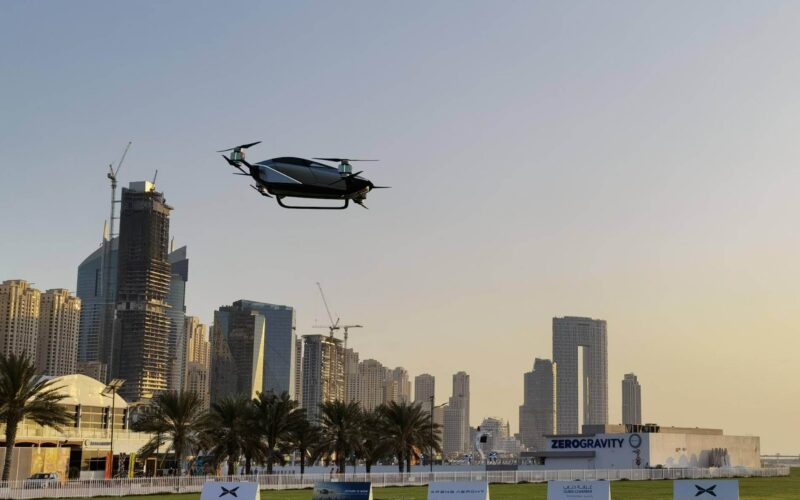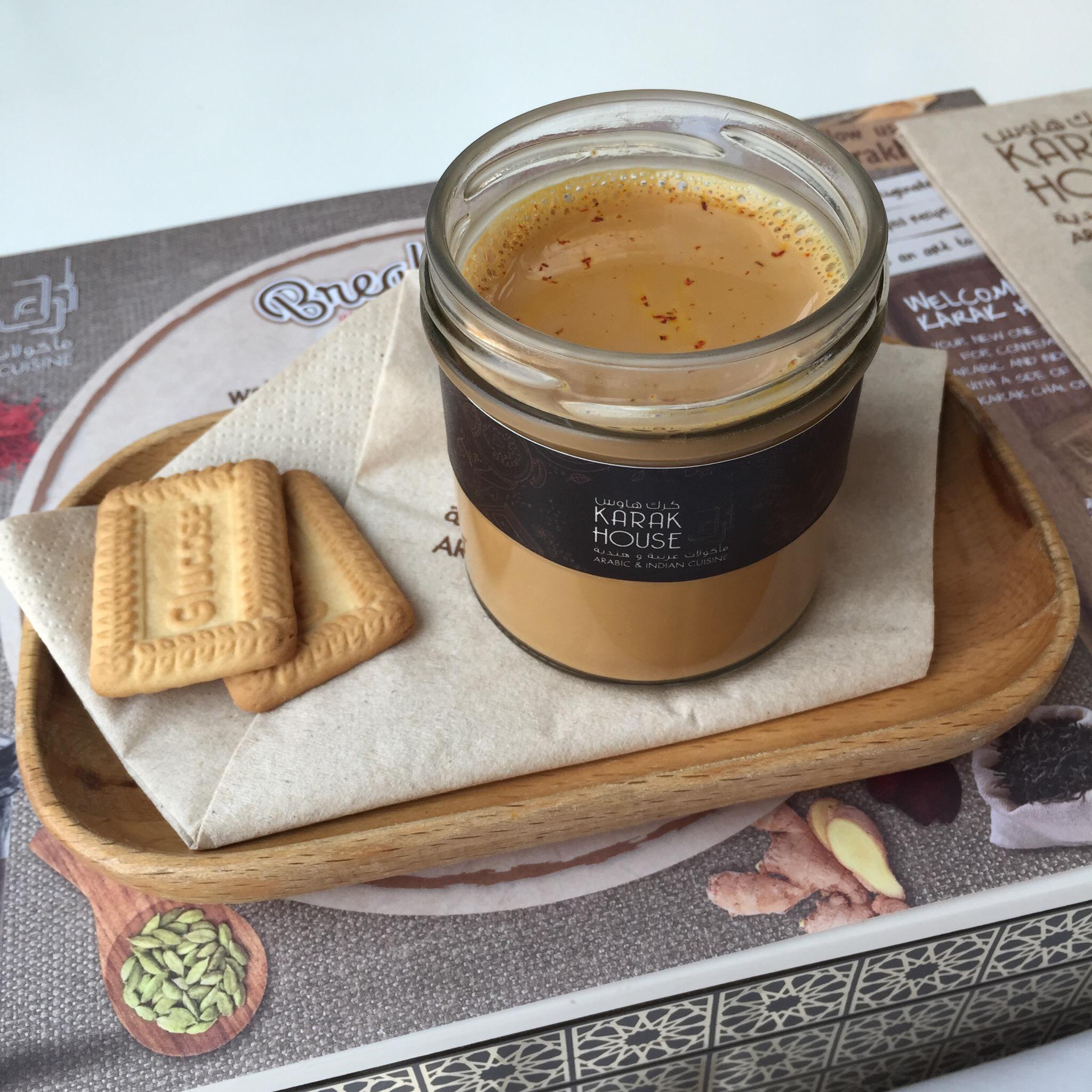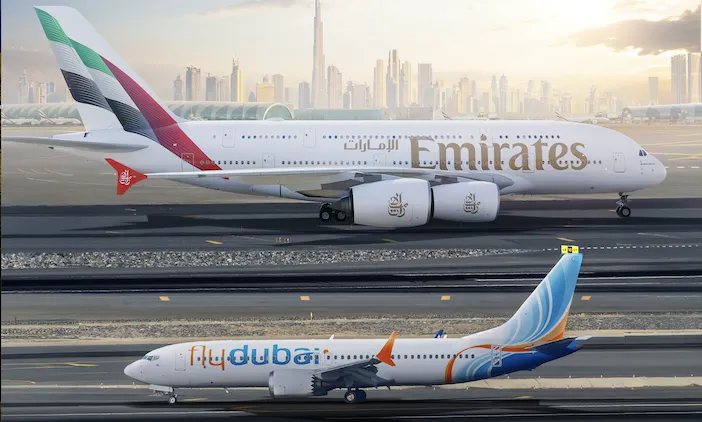The journey between Dubai and Abu Dhabi, two of the UAE’s most vibrant emirates, is a daily reality for thousands of residents, business professionals, and tourists. Spanning approximately 140 kilometers (about 87 miles), this route connects the glittering skyscrapers and bustling malls of Dubai with the cultural landmarks and serene landscapes of Abu Dhabi. Currently, the commute can take anywhere from 1 to 2.5 hours depending on your mode of transport and traffic conditions, but exciting developments are on the horizon. In particular, the launch of Etihad Rail’s passenger service in 2026 promises to slash travel times dramatically, making inter-emirate travel faster, more efficient, and environmentally friendly.
Whether you’re a daily commuter optimizing for cost and time, a visitor planning a day trip to explore the Louvre Abu Dhabi or Yas Island, or an expat shuttling between work hubs, understanding your options is key. This comprehensive guide breaks down the best current methods for commuting from Dubai to Abu Dhabi, including pros, cons, costs, and practical tips. We’ll also dive into the game-changing Etihad Rail project and how it will transform this route. All information is based on the latest available data as of August 2025, with real-time factors like traffic always worth checking via apps.
Why Commute Between Dubai and Abu Dhabi?
Before exploring the options, it’s worth noting the context. Dubai and Abu Dhabi are economic powerhouses: Dubai thrives on tourism, finance, and innovation, while Abu Dhabi is the UAE’s capital, home to government offices, oil giants, and cultural institutions. Many professionals live in one emirate and work in the other due to housing affordability, family ties, or job opportunities. Tourists often base themselves in Dubai but venture to Abu Dhabi for attractions like the Sheikh Zayed Grand Mosque or Ferrari World.
Peak traffic hours (6:30–9:30 AM and 4:30–7:30 PM) can add 30–60 minutes to any road-based trip, so timing is crucial. Off-peak travel, especially mid-morning or late evening, is smoother. The primary highway, Sheikh Zayed Road (E11), is well-maintained with multiple lanes, but alternatives like Sheikh Mohammed Bin Zayed Road (E311) offer detours for southern Dubai areas.
Current Commuting Options: A Detailed Comparison
Here are the top ways to travel from Dubai to Abu Dhabi today. We’ve prioritized practicality, cost-effectiveness, and convenience. For a quick overview, see the comparison table below.
| Option | Approximate Time | Cost (One-Way, AED) | Pros | Cons | Best For |
|---|---|---|---|---|---|
| Driving (Personal/Rental Car) | 1–1.5 hours (off-peak); up to 2 hours (peak) | 50–100 (fuel + tolls) | Flexibility, scenic views, stopovers possible | Traffic jams, parking fees, requires license | Independent travelers, families, frequent commuters |
| Public Bus | 1.5–2.5 hours | 25–35 | Affordable, comfortable, Wi-Fi on some | Fixed schedules, no door-to-door | Budget-conscious, eco-friendly commuters |
| Taxi/Rideshare (Uber/Careem) | 1–1.5 hours | 250–350 (standard); 350–730 (premium) | Door-to-door, convenient booking | Expensive for solos, surge pricing | Business travelers, groups, late-night trips |
| Airport Shuttle (if applicable) | 1.5–2 hours | Free (for airline passengers) or 35–50 | Reliable for airport transfers | Limited to specific routes/times | Flyers with Etihad/Emirates tickets |
| Luxury/Private Transfer | 1–1.5 hours | 400+ | Comfort, amenities like Wi-Fi | High cost | VIPs, groups with luggage |
1. Driving: The Flexible, Independent Choice
Driving remains one of the most popular options for those with access to a vehicle. The route via E11 is straightforward, with clear signage and rest stops along the way. Fuel costs are low in the UAE (around AED 3–4 per liter), and tolls via the Salik system add about AED 4–8 per trip.
- Routes: Start on E11 from central Dubai for the fastest path, or E311 from areas like Al Barsha or Mirdif to avoid initial congestion. The drive offers glimpses of the desert and iconic landmarks like the Dubai-Abu Dhabi border arch.
- Rental Tips: If you don’t own a car, rent one via apps like Careem or from companies such as Hertz. Daily rates start at AED 100 for economy models; no deposit options exist for short trips. An international driving permit is recommended for tourists.
- Pros: Control your schedule, make stops (e.g., at Last Exit food trucks), and enjoy podcasts or music.
- Cons: Heavy traffic during rush hours can be stressful; watch for speed cameras (fines start at AED 300).
- Helpful Apps: Use Waze or Google Maps for real-time traffic; S’hail for parking in Abu Dhabi.
For eco-conscious drivers, consider electric vehicle rentals—charging stations are increasingly available along the route.
2. Public Bus: Budget-Friendly and Reliable
Operated by Dubai’s Roads and Transport Authority (RTA), intercity buses are an excellent low-cost alternative. They’re air-conditioned, often equipped with Wi-Fi and USB ports, and run frequently.
- Key Routes:
- E100: From Al Ghubaiba Bus Station (Bur Dubai) to Abu Dhabi Central Bus Station. Runs every 30 minutes, 4:20 AM–11:50 PM (weekdays); journey ~2 hours.
- E101: From Ibn Battuta Bus Station (near Dubai Marina) to Abu Dhabi Central Bus Station. Every 30 minutes, 5 AM–11:15 PM (varies by day); ~1.75 hours.
- E102: Ibn Battuta to Musaffah (Abu Dhabi suburb), for those heading further out.
- How to Pay: Use a Nol card (AED 25 to buy, with AED 19 credit; top up via app or station). No advance booking needed—just tap in.
- Pros: Cheapest option, comfortable seating, eco-friendly (reduces car emissions).
- Cons: No luggage storage on board (under-bus for larger items), and you’ll need local transport at endpoints.
- Tips: Download the RTA app for schedules. If starting from Dubai Airport, connect via metro to a bus station.
This is ideal for students or expats commuting weekly—save money for UAE’s famous brunches!
3. Taxi or Rideshare: Convenience at a Premium
For door-to-door service without the hassle of driving, taxis or apps like Uber and Careem are unbeatable. Metered taxis start at AED 25 from airports, but full trips average AED 250–350.
- Options: Standard taxis (hail on street or book via RTA app) or rideshares (select SUVs for groups). Careem is especially popular for its integration with other services like food delivery.
- Pros: No parking worries, trackable via app, safe with licensed drivers.
- Cons: Surge pricing during peaks; solo travelers pay more than buses.
- Tips: Split costs with apps’ carpool features. For airport arrivals, use dedicated stands—e.g., from DXB to Abu Dhabi costs ~AED 300.
Private shuttles via platforms like GetTransfer.com offer luxury vans for groups, starting at AED 400.
4. Other Niche Options
- Airport Shuttles: Free for Etihad/Emirates economy passengers; otherwise, AED 35 from AUH to Dubai. Great for flyers.
- Car Lifts/Shared Rides: Informal via apps like BlaBlaCar; AED 50–100, but verify safety.
- Helicopter/Seaplane: Ultra-luxury (AED 1,000+), 30–45 minutes, via companies like Falcon Aviation—for special occasions only.
Practical Tips for a Smooth Commute
- Beat Traffic: Travel mid-day or after 8 PM. Use the Darb app for toll payments and traffic alerts.
- Essentials: Carry water, snacks, and sunglasses—the desert sun is intense. Download Careem or Uber for backups.
- Sustainability: Opt for buses or shared rides to reduce your carbon footprint; the UAE aims for net-zero by 2050.
- For Tourists: Combine with guided tours (e.g., from Dubai to Abu Dhabi via bus) for added value.
- Safety: Roads are modern, but adhere to speed limits (120–140 km/h on highways). Emergency? Call 999.
Looking ahead, the Etihad Rail passenger network is set to launch in 2026, connecting 11 cities across the UAE with high-speed trains reaching up to 200 km/h. For Dubai to Abu Dhabi, expect travel times to drop to 50 minutes or less, a massive improvement over current road options. Initial stations will include Abu Dhabi, Dubai, Sharjah, and Fujairah, with full integration into metro, bus, and taxi systems via Nol cards.
This AED 145 billion GDP boost over 50 years will enhance connectivity, reduce road congestion, and promote tourism. Trains will offer amenities like Wi-Fi and comfortable seating, making it ideal for business commuters. While exact fares aren’t announced, expect them to be competitive with buses but faster than driving.
For now, choose buses for savings, driving for freedom, or taxis for ease. But mark 2026 on your calendar—Etihad Rail will make this commute a breeze, opening new possibilities for work, leisure, and exploration in the UAE. Safe travels!





